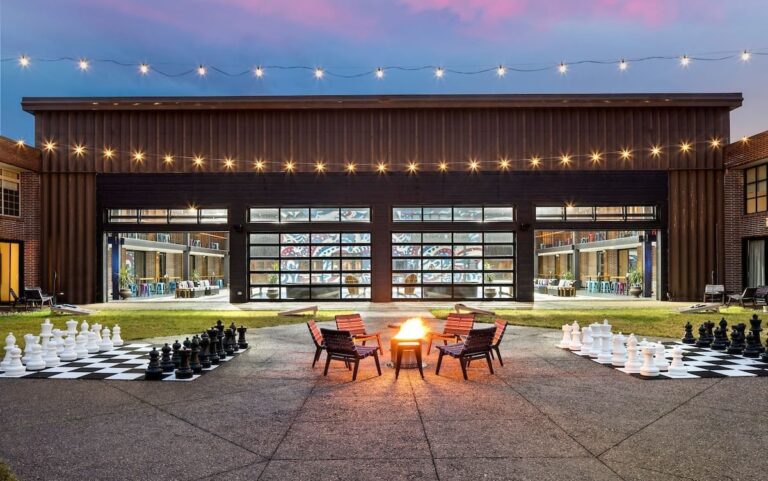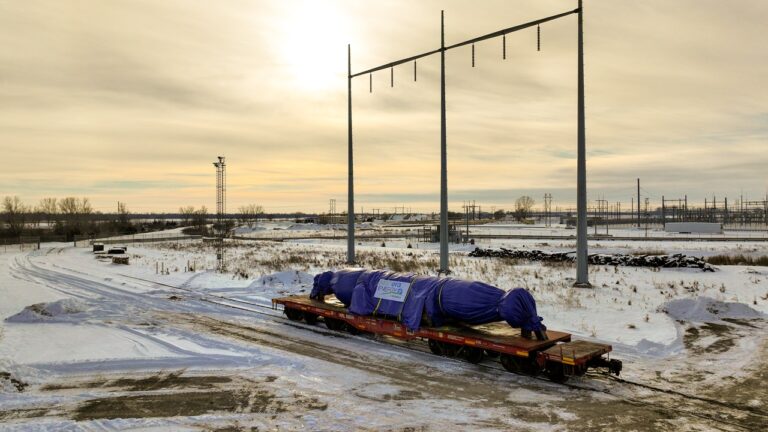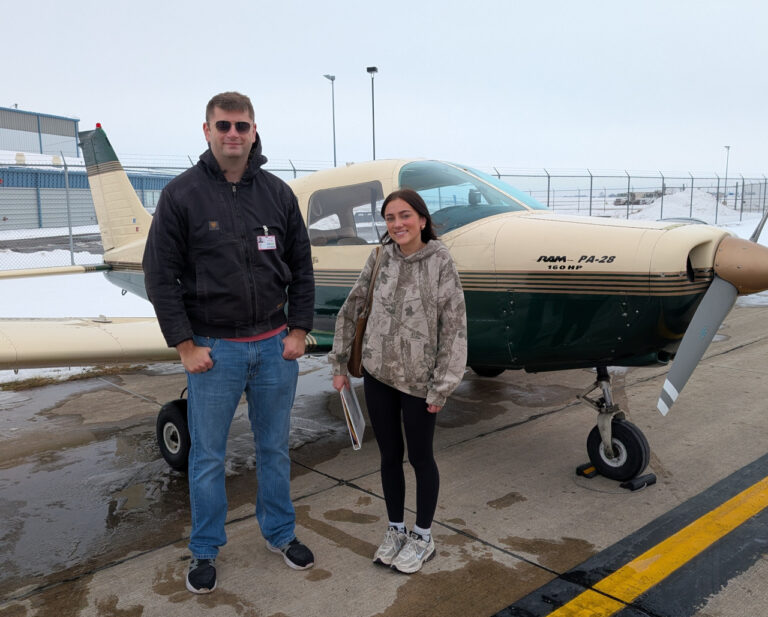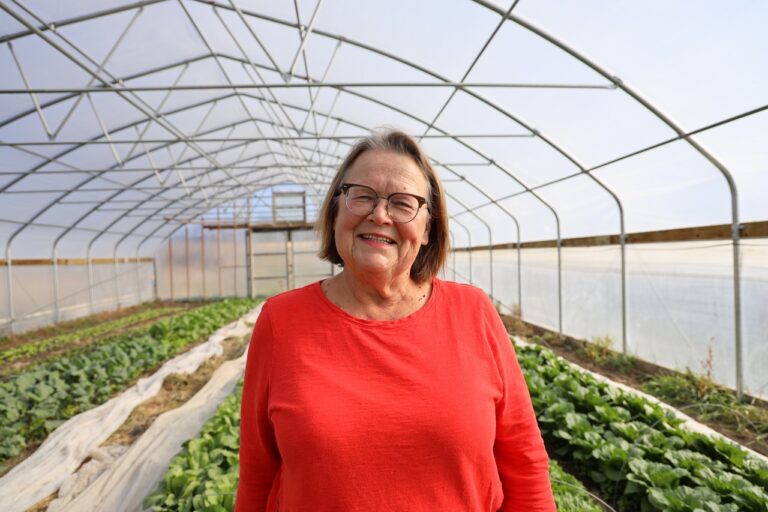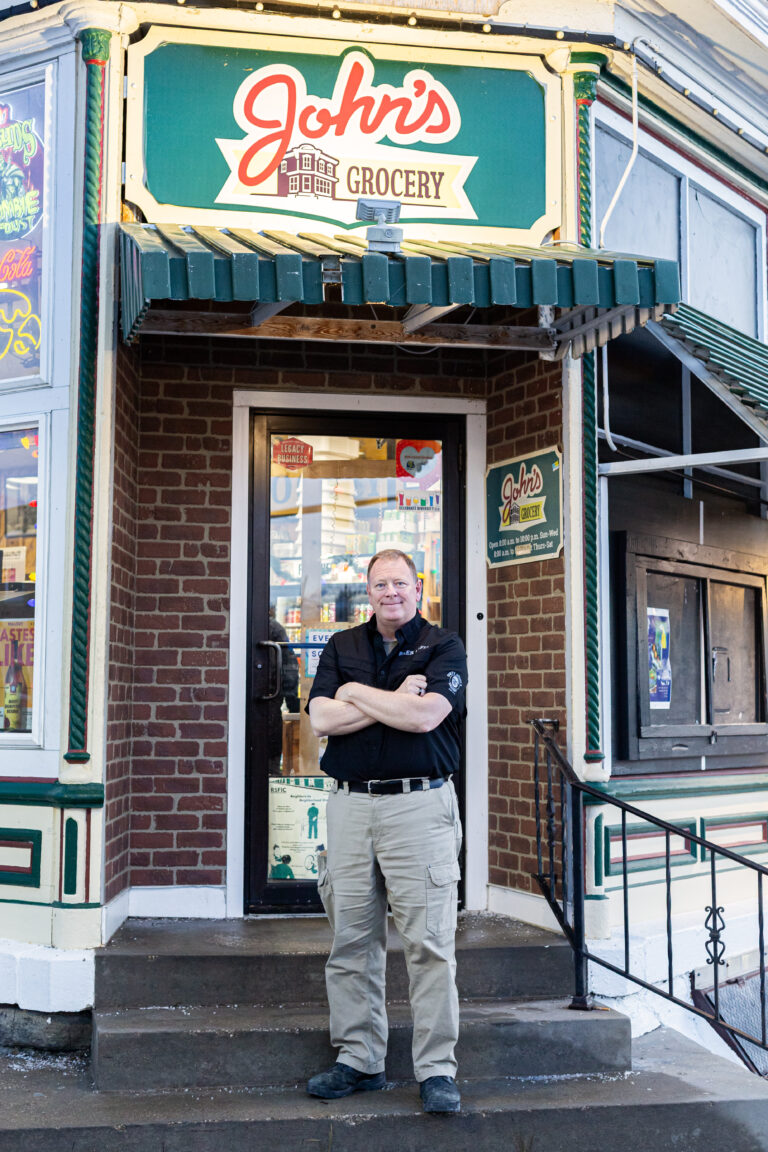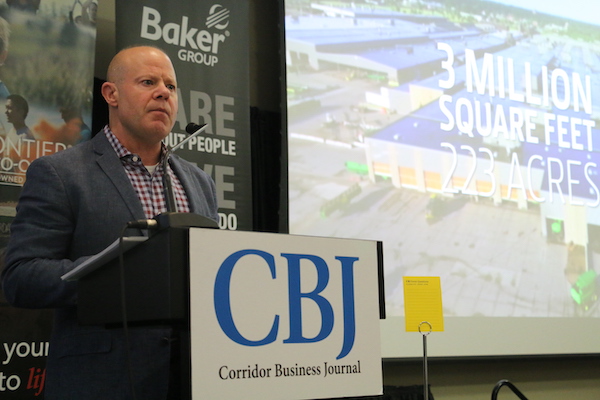
James Leach, factory manager at the John Deere Harvester Works in East Moline, Illinois, delivers a keynote address at the Corridor Business Journal's annual Manufacturing Conference Sept. 15. CREDIT RICHARD PRATT
The ongoing transformation to Industry 4.0, or smart manufacturing processes, depends in large measure to not only gathering vital data, but implementing it in practical and useful ways, keynote speaker James Leach said Sept. 15 during a keynote address at the Corridor Business Journal’s annual Manufacturing Conference at the Hotel at Kirkwood Center in Cedar Rapids.
Mr. Leach, factory manager at the John Deere…

Want to Read More?
Get immediate, unlimited access to all subscriber content and much more.
Learn more in our subscriber FAQ.
Do you want to read and share this article without a paywall?



